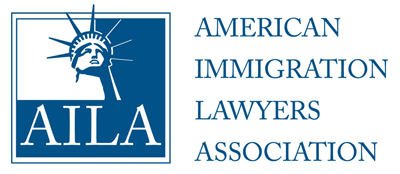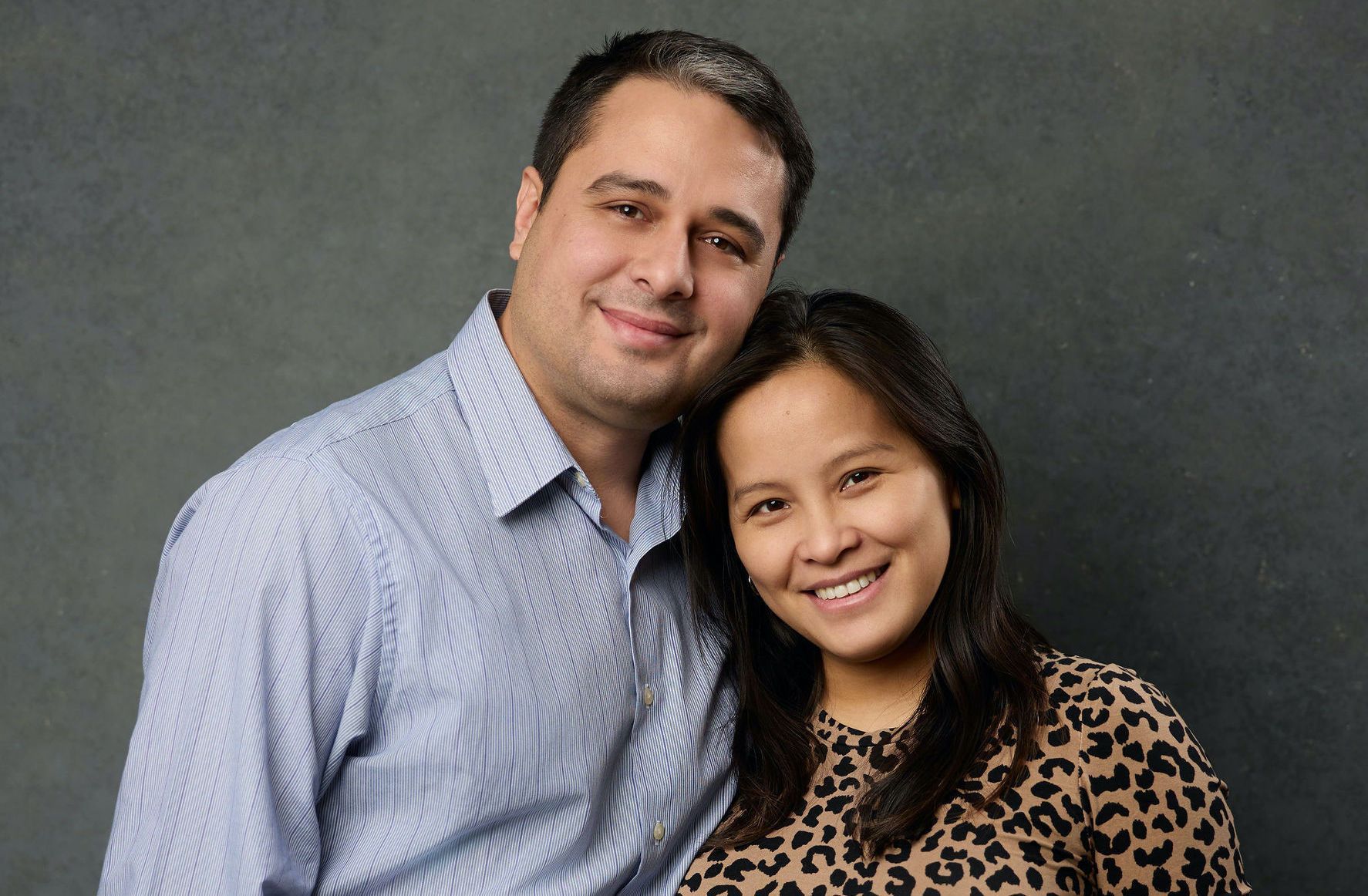The H-1B Visa: The Basics
The H-1B Visa is a temporary employment visa for professionals or specialty occupations. To qualify as a specialty occupation, the position must meet one of the following requirements (as stated in 8 CFR 214.2(h)(4)(iii)(A):
- a bachelor’s or higher degree or its equivalent is normally the minimum entry requirement for the position;
- the degree requirement is common to the industry in parallel positions among similar organizations or, in the alternative, the position is so complex or unique that it can be performed only by an individual with a degree;
- the employer normally requires a degree or its equivalent for the position; or
- the nature of the specific duties is so specialized and complex that the knowledge required to perform the duties is usually associated with attainment of a bachelor’s or higher degree.
Qualifying occupations could be IT, Banking, Finance, Marketing, Advertising, Engineering, Teaching, Nursing, Lawyers, Doctors, and Scientists. However, if the position meets one of the four above requirements, odds are that it qualifies as an H-1B eligible position.
The H-1B has three monumental benefits. First, it permits an immigrant to work in the U.S. for up to 6 years. An immigrant can have an initial H-1B visa for three (3) years, and can have it extended up to three (3) more years. Second, it is the only nonimmigrant visa that permits “dual intent,” meaning a partial intent to immigrate to the U.S. if a Green Card becomes available and also a partial intent to return to the home country if permanent residency is not realized within 6 years of having an H-1B Visa. Third, an H-1B visa holder can work part-time and can work for more than one U.S. employer, which is very different from other working visas.
However, the H-1B visa has its disadvantages. For the family of the visa holder (e.g. spouse and children under the age of 21), the family is not permitted to work. If a spouse wishes to work, they will have to either qualify for their own H-1B visa or seek some other working visa.
Additionally, the H-1B has an annual cap of 65,000 immigrants. Although, this cap has many exceptions and does not include already H-1B visa holders that are extending, changing employers, or those requesting a new H-1B visa. Finally, the following are exempt from the cap under INA § 214(g)(5): institutions of higher education, nonprofit entities affiliated or related to institutions of higher education, nonprofit research organizations, and government research organizations.
For more information on the matter, please review a report kept online by USCIS, titled: “Characteristics of H-1B Specialty Occupation Workers.” (Report found here ).
If you have any questions about attaining an H-1B visa, you should speak with a local immigration attorney.
Disclaimer: This Blog is made available by the lawyer or law firm publisher for educational purposes only as well as to give you general information and a general understanding of the law, not to provide specific legal advice. By using this blog site you understand that there is no attorney-client relationship between you and the Blog/Web Site publisher. The Blog should not be used as a substitute for competent legal advice from a licensed professional attorney in your state.
The post The H-1B Visa: The Basics appeared first on Fickey Martinez Law Firm.












